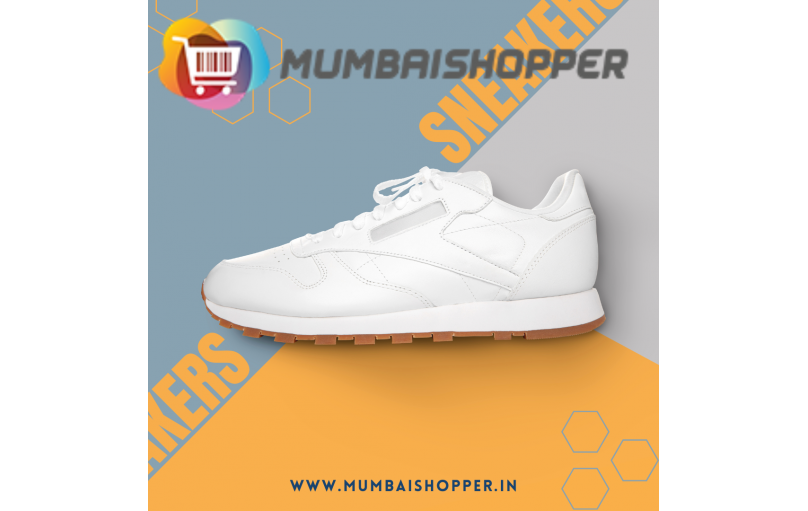
Introduction to Shoes
Shoes are undoubtedly the most significant item in your
wardrobe. You need them every day, they may complement or detract from any
clothing, and how they feel can alter your entire attitude.
This chapter will teach you all you need to know about
shoes. You will learn about the fundamental components of a shoe, the history
of shoes, the most common materials used, and how different measures and sizes
function. With all of this new information, you'll be able to shop for shoes
like you've never done before.
When was first shoes made?
When Did the First Shoe Come Out? Sandals constructed
from sagebrush bark are the oldest known shoes, dating back to 7000 to 8000
BCE. This piece of shoe history was discovered in an Oregon cave in 1938 and is
the oldest known footwear specimen.
What is a shoe?
A shoe is a type of foot covering that has a firm sole
and a heel. Some, but not all, have extra cloth that reaches the ankle. Shoes
that extend over the ankle are often referred to as boots. Shoes protect the
feet and offer stability to the body.
Shoes are used for both functional and aesthetic
reasons. Practical shoes are often ones worn for work or athletics. Steel-toed
boots, for example, are often employed in industrial or construction settings.
Nurses, for example, may wear shoes with extra support and cushioning since
they spend so much of their job on their feet. Waterproof shoes, such as rubber
boots or duck shoes, may be required for those who deal with animals. More
information on this issue may be found in our blog post on the finest shoes for
nurses.
Athletes use shoes that are specifically made for their
sport. Runners may have incredibly light soles that allow them to run quicker.
Football and baseball players will wear shoes with broad bottoms and cleats to
allow them to travel through grass and dirt. Ballet dancers use shoes with
softer bottoms for flexibility or substantial cushioning and more support while
performing en pointe. Bowlers require shoes with smooth soles in order to slide
down the lane. Each of these shoes is designed for a certain activity and would
not be worn outside of the sport or stage environment.
Designer shoes can also be purchased as an investment.
In general, these shoes, like high-end purses or accessories, can appreciate in
value over time.
Fashionable shoes are available in a variety of sizes,
styles, and pricing points. The fashion-forward shopper can find sandals,
pumps, wedges, heels, boots, sneakers, and more in an infinite number of
colours and designs. These shoes often provide the protection for which they
were designed while also allowing the wearer to express their own personality
and flare.
Parts of a shoe
Depending on the type of
shoe, the components of a shoe might vary substantially. Sneakers, for example,
have laces, but clogs do not. On the other hand, there are several elements that are common to all shoes,
regardless of style. Each shoe features a sturdy sole. The presence of a firm
sole distinguishes a shoe from a sock.
Because the sole of a traditional moccasin is not hard, I've
been questioned if it counts as a shoe. The explanation is that a moccasin is a
shoe because the material used to make them, leather, is robust enough to
protect the wearer's foot in a manner that a sock cannot.
The following is a
detailed list of the many sections of shoes. They may not be found in all kinds
of shoes.
1. Backstay
A rigid panel that forms the rear of a shoe.
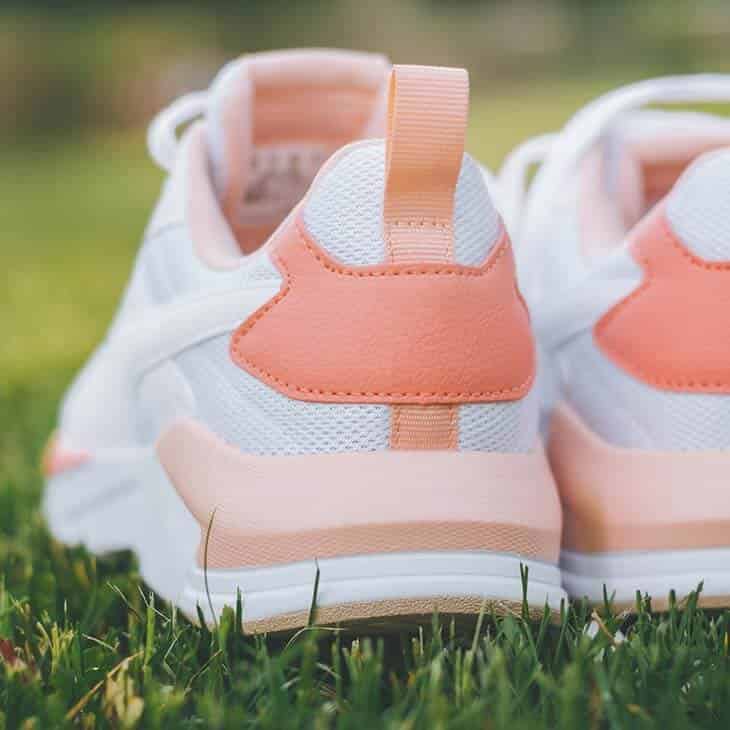
2. Breast
The heel's forward-facing part.
3. Collar
Stitching or substance
that provides rigidity to the shoe's opening.
4. Counter
The shoe’s rear.
5. Eyelet
A hole through which lace
is stretched.
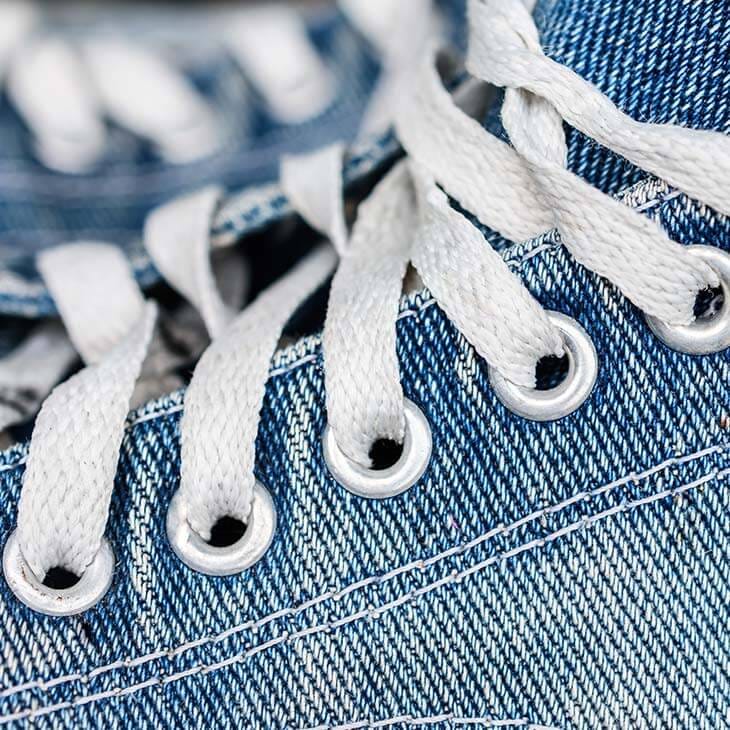
6. Eyestay
The area where eyelets
are attached.
7. Filler
The material used to fill
the space between the insole and the midsole.
8. Heel
Stacked substance that
gives height and/or stability to the shoe's bottom rear.
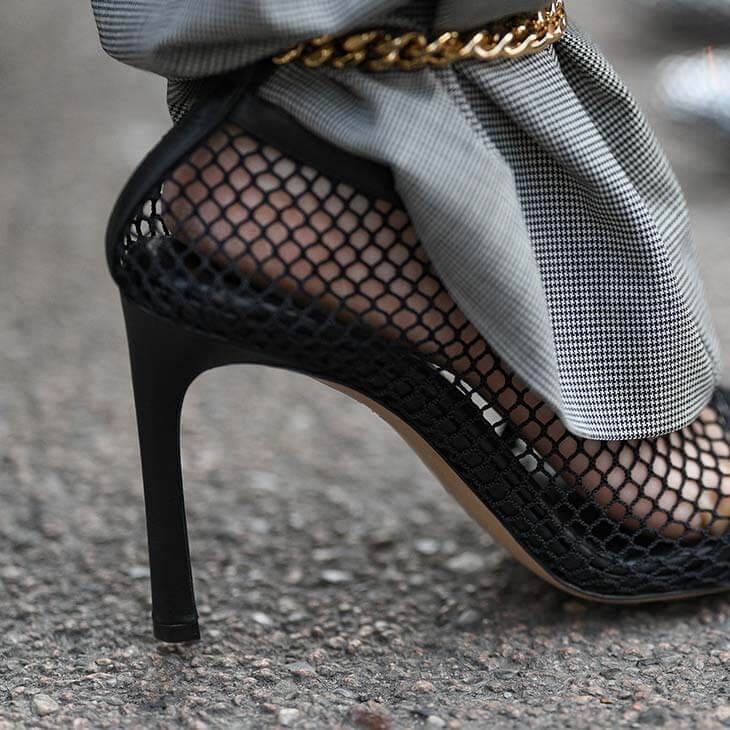
9. Insole
The inside that supports
the foot's bottom.

10. Lining
The material used inside
the shoe to improve comfort and extend wearability.
11. Midsole
The layer that sits
between the insole and the outsole.
12. Monk
Strap
Shoes are fastened with a
strap and a buckle.
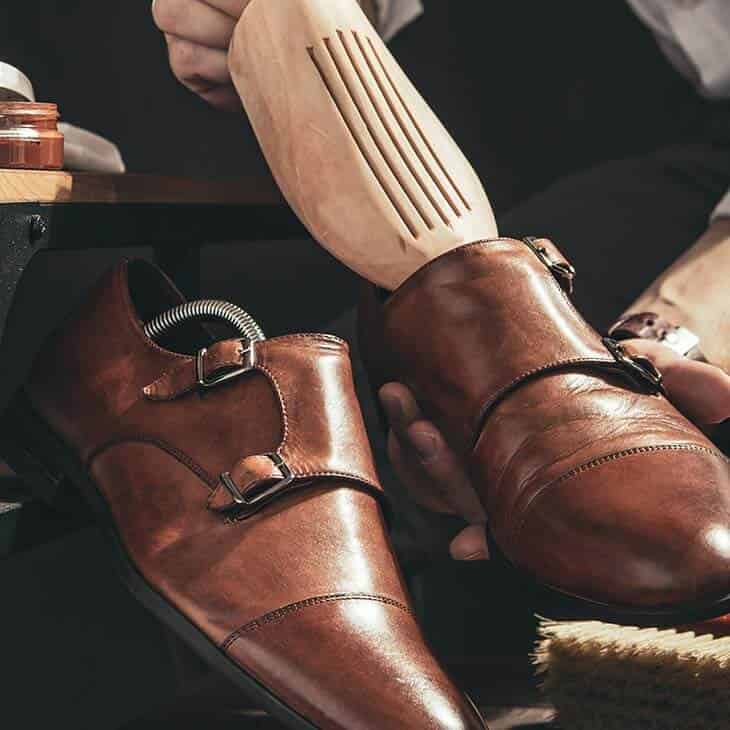
13. Outsole
The exterior of the sole.
14. Quarter
The rear and sides of the top above
the heel area.
15. Saddle
Panel that covers
the instep.
16. Sole
The part of the
shoe that rests below the foot.
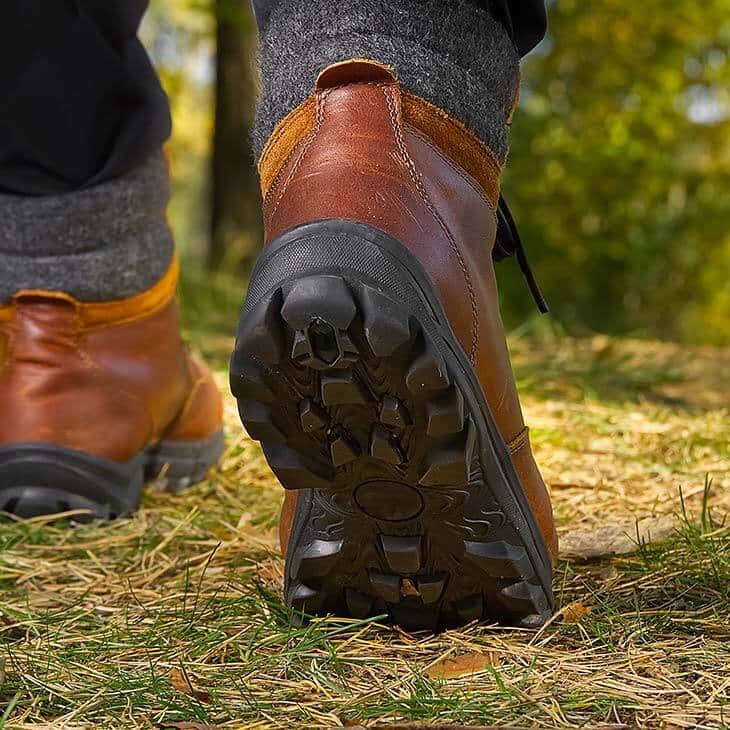
17. Throat
The mid-shoe
region.
18. Seat